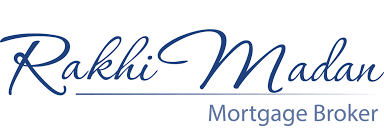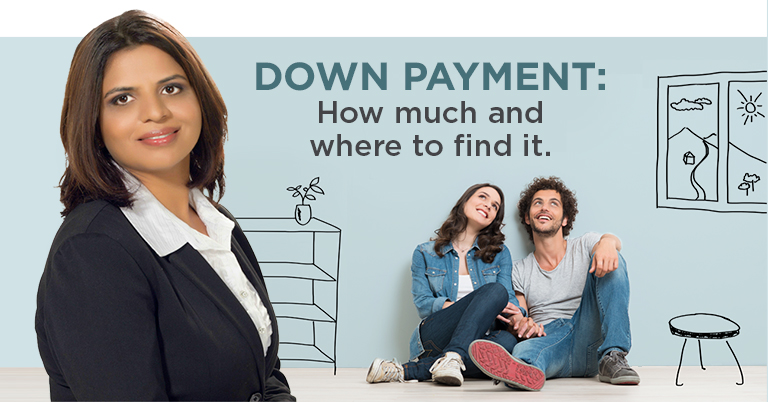If you’re trying to buy a house in Brampton or the GTA, saving up that down payment is often your first big hurdle. Let’s get specific on how much you need, and how you’re going to come up with it.
Most Canadian homebuyers buy a property with the absolute bare minimum down payment. The minimum can vary depending on the situation, so you want to be sure you know how it’s calculated. Here’s an overview:
Will you live in it? If the house will be occupied by you the owner, then you need 5% down payment for the first $500,000 of the purchase price. If the home is more expensive than that, you’ll need 10% for any amount above the first $500,000 up to $999,000. Homes priced at $1 million or more require 20% down.
Want to avoid mortgage default insurance? Then you’ll need at least 20% down payment. Any down payment less than 20% of the purchase price requires you to have this insurance, which will be added to you mortgage principal.
Interested in a rental or second property? If it’s not going to be your own principal residence – you’re not living in it – then you’ll need 20% down. CMHC and Genworth have 5% down programs for recreational properties, although mortgage insurance is required. In you are interested in a rental property, then 20% down payment is necessary.
Don’t have Canadian citizenship? If you’re a permanent resident, then you’ll need the standard minimum down – 5% for the first $500,000 and 10% after that up to $999,000. If you are a non-permanent resident, you’ll need 5 or 10% down depending on the mortgage insurer. And if you’re not actually a resident of Canada at all – but just want to buy a property here in Canada, then you’ll require at least 35% down payment, which must come from your own resources.
Looking for some ways to come up with a down payment?
If you’re looking to buy a second home or rental property in Brampton or the GTA, then your best path to a down payment is probably to refinance your existing home: leveraging the wealth you’ve already built up. But if you’re saving to buy your first home, there are some smart ways to find the cash:
- RRSP. You can withdraw up to $35,000 tax free from your RRSP or $70,000 per couple. The recent federal budget announced that in 2020, this program will be available to divorced individuals. You will need a repayment plan to pay the funds back over 15 years.
- Financial gift. If you have financial support from a parent or other blood relative, then just be sure to get a form signed to say that the funds are a gift and that you are not required to pay the money back at any time. I have a form you can use.
- Inheritance: Many parents and grandparents are open to helping with the purchase of a home while they’re alive rather than having their beneficiaries wait for an inheritance.
- TFSA: If you haven’t set up a TFSA, then do it today. Then prioritize saving into your TFSA. If you withdraw to boost your down payment, you’re allowed to re-contribute, so you never lose your TFSA room.


